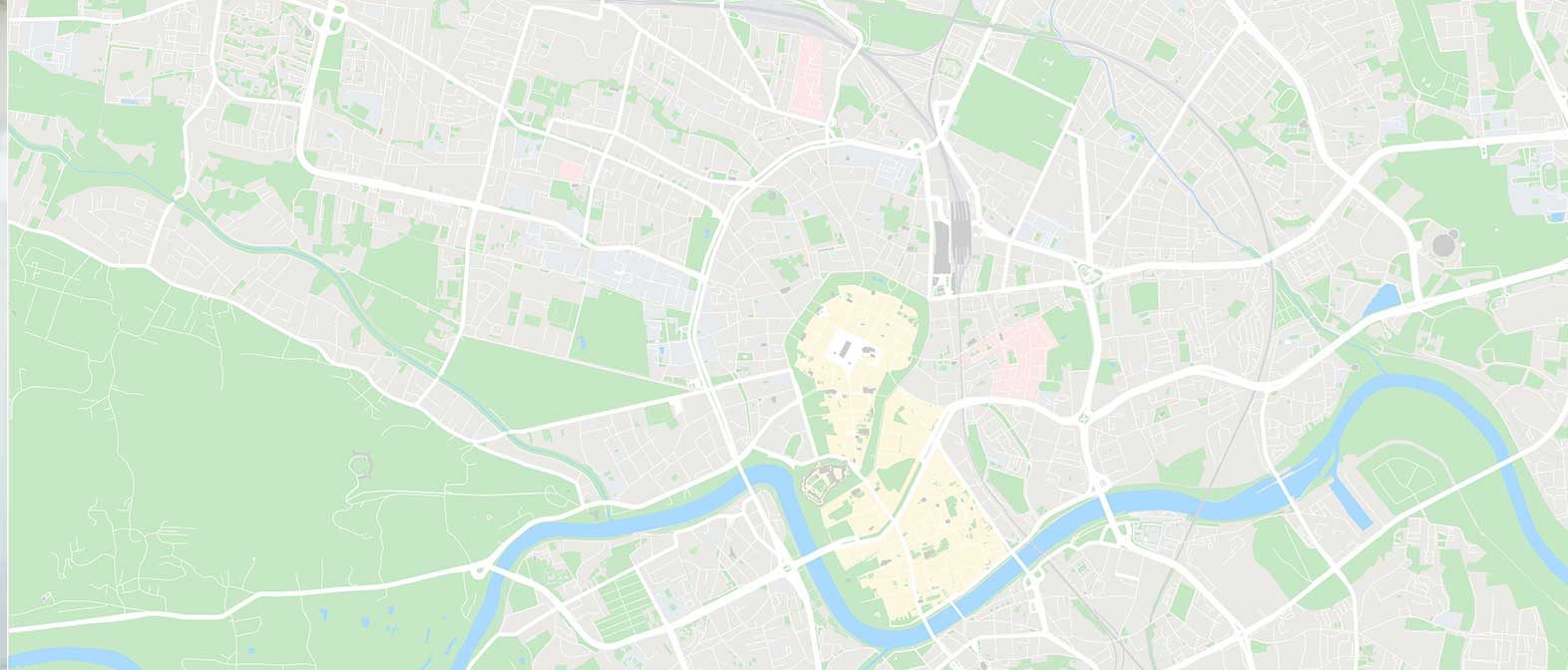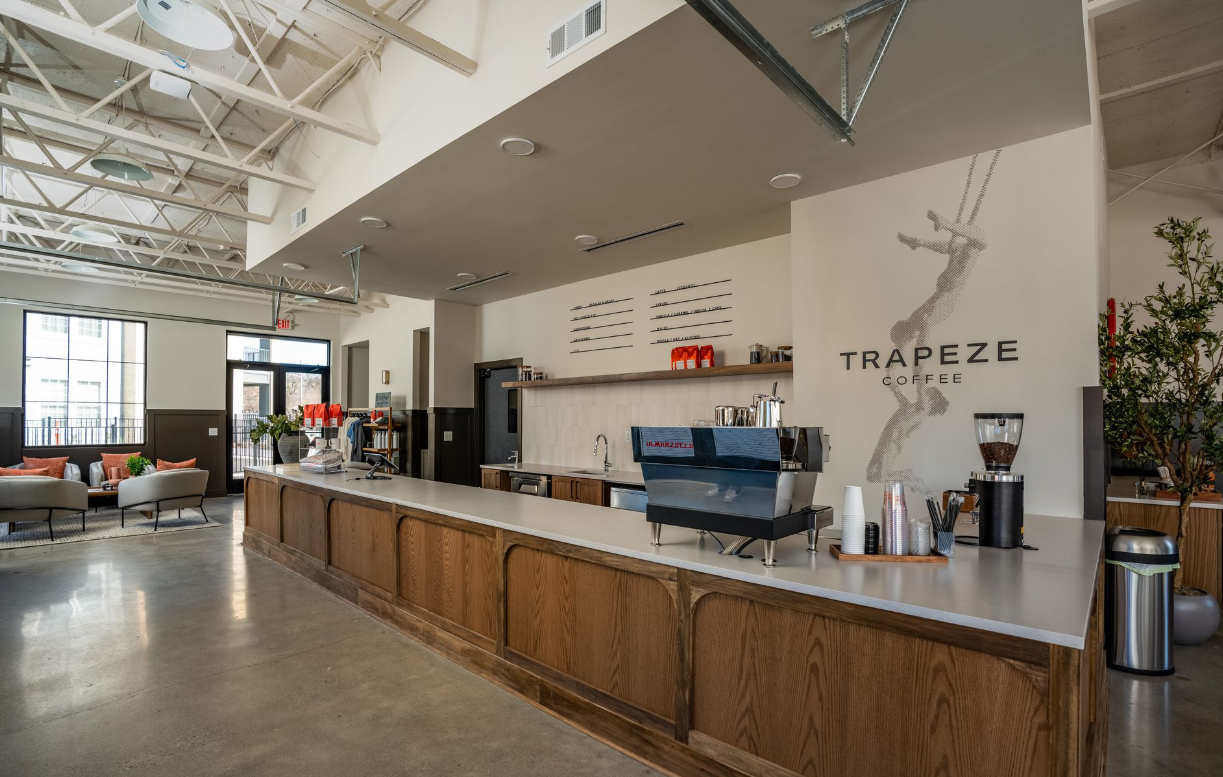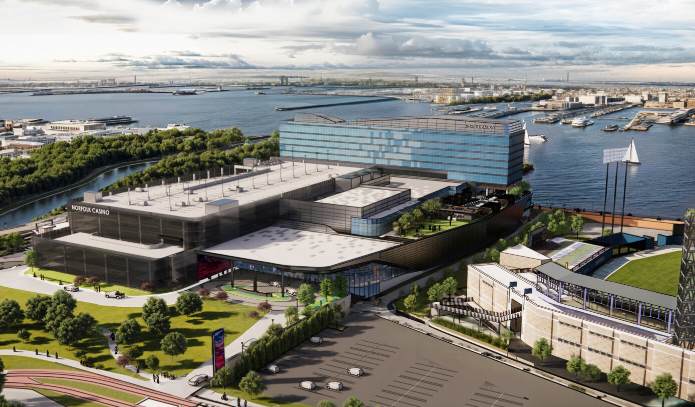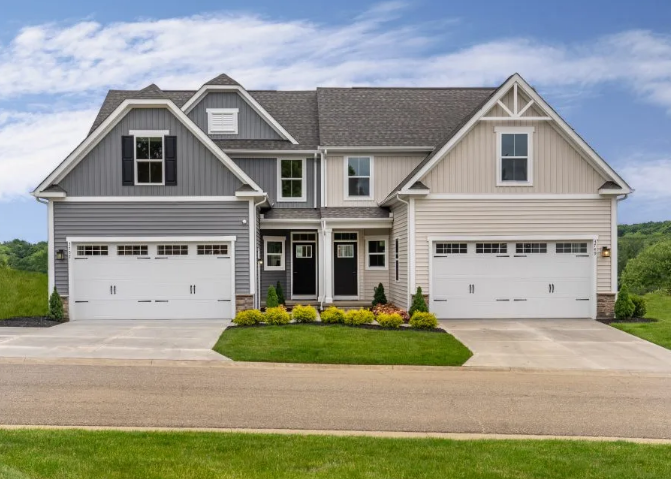Once a cornerstone of American retail, big box stores were built for volume, visibility, and convenience. Positioned along suburban corridors and major roads, they anchored shopping centers and drew steady foot traffic.
But times have changed. Online shopping, shifting consumer habits, and retail oversaturation have left many of these buildings empty or underused. The traditional model they were built for no longer applies.
Today, investors and property owners are rethinking these large-format spaces—not just how to refill them, but how to reimagine them.
Across the country—and increasingly here in Hampton Roads—communities are finding creative, sustainable ways to bring these properties back to life.
Healthcare Facilities: From Storefronts to Services
Healthcare is one of the fastest-growing adaptive reuse strategies for big box stores. Large interiors and accessible locations make these buildings ideal for:
- Outpatient clinics
- Imaging and diagnostic centers
- Urgent care and specialty practices
Most sites already offer what healthcare providers need—ample parking, road visibility, and wide, accessible entrances. Renovating retail buildings is often faster and more cost-effective than new construction, helping communities access essential services sooner.
Local examples:
A former Rite Aid on W. Mercury Blvd in Hampton has been converted into a medical office facility. Originally built in the early 2000s, the building was repurposed around 2021–2022 to house healthcare services, taking advantage of its accessible layout, ample parking, and proximity to residential neighborhoods.
A former Walgreens on Airline Blvd in Portsmouth has also been repurposed for medical use, offering outpatient services in a familiar and well-located retail footprint. The property, built in the mid-2000s, was transitioned for healthcare use around 2022, reflecting a broader trend of adapting retail infrastructure for essential services.
Indoor Sports and Recreation: Built for Activity
Recreation operators see opportunity in big box shells. With their high ceilings and open layouts, these buildings are well-suited for:
- Pickleball and tennis clubs
- Indoor soccer and futsal fields
- Youth gyms and training academies
- Batting cages and baseball facilities
These uses bring consistent foot traffic and long-term leases, turning empty properties into vibrant, community-driven destinations. Many are also supported by memberships or event rentals, making them financially sustainable for landlords and operators alike.
Example:
The former Yankee Candle store on Richmond Road in Williamsburg is being redeveloped into Slick City Action Park, an indoor entertainment complex featuring slides, trampolines, jungle gyms, and other family attractions. Originally built in the early 2000s and vacated in the 2020s, the property is now under active redevelopment, with an expected opening in 2026. The reuse reflects growing demand for experiential, recreation-based destinations in suburban corridors.
Visit Slick City
Logistics and Warehousing: From Retail to Rapid Delivery
Another growing trend is the conversion of former big box stores into last-mile distribution hubs, particularly for e-commerce operators like Amazon.
Former grocery and retail stores—located near highways and dense neighborhoods—offer ideal locations for warehousing and fulfillment, especially in markets where land is limited or zoning is restrictive.
These sites can provide:
- Easy truck access
- Existing loading docks
- Large floorplates ready for racking and sorting
Example:
A former Super Kmart located at 210 W Mercury Blvd in Hampton has been repurposed into an Amazon last-mile delivery center. Originally opened in 1975 and closed in 2016, the 100,000-square-foot building sat vacant for several years before Amazon redeveloped the site in 2021. The conversion turned a shuttered retail anchor into a modern logistics hub—bringing jobs back to the corridor and making productive use of existing infrastructure.
Why These Conversions Work
The success of these transformations lies in the practicality of the buildings themselves. Most big box properties offer:
- Strong locations near highways and rooftops
- Durable structures with high ceilings and wide-open interiors
- Pre-installed utilities, ample parking, and established access
In short, they offer a ready-made foundation for a new wave of uses—without starting from scratch.
A New Purpose for Familiar Spaces
The future of big box retail isn’t in restocking shelves—it’s in reinvention.
From healthcare hubs and athletic centers to warehousing and community services, these spaces are being reclaimed with purpose. They may no longer be places people go to shop, but they’re quickly becoming places people go to live, work, and connect.
That shift is proving valuable—not just for owners and investors, but for the communities ready to make better use of what’s already built
By: Evan Pugh & Thomas McCoy, MAI




